A few weeks ago, I posted on a client's Instagram and included a hashtag that led to new business within a day.
The irony of this particular incident is that the conversation that led to new business for my client started as a misunderstanding over how hashtags are meant to be used. This wasn't the first time I've realized that hashtags are still a source of confusion for many people, so today, let's break it down.
What are Hashtags?
Hashtags are searchable links on certain social platforms that help users discover content.
Hashtags are made up of a word or a phrase preceded by the # symbol, used on social media (historically Twitter, but most useful on Instagram) to organize or see content about a specific topic. Anyone can use them, and unlike your account, you don't own them (although you can trademark them, but that defeats their purpose). They're a tool you should use on Instagram. Some people use them as an extension of their thoughts, and while that's fine, there's a specific business application for their use that actually serves a purpose.
Using hashtags correctly increases the reach of your posts and puts your content in front of people that are searching for a specific topic. It's a way for you to show your content to people interested in your brand even if they aren't following you, and it's free.
Start here.
The best way to think about what hashtags to use in your post is to think of words that are relevant to your business and what you're posting. They should also be specific enough to be an interesting topic people might search for.
How To Use Hashtags
Only use hashtags on Instagram, every other social network is now searchable through keywords, so hashtags are kind of redundant.
- Do some research on hashtags that are relevant to your industry and location.
- Example, #chseats for food posts in Charleston, #chsdesign for design posts in Charleston, etc.
- Create your own hashtag for your business, use it consistently, and include it in other marketing materials for your customers to use when posting about you.
- Example, SOL Southwest Kitchen uses #ohSOLgood on Instagram, for guests to use in their posts when they're dining with them.
- Users can now also follow hashtags on Instagram. Follow the ones relevant to your business, and engage with those posts to extend your reach.
- Experiment with different hashtags on your posts, and get a feel for which ones get the most response from users. Don't use the same ones on every post.
- Don't use punctuation in your hashtags or string too many words together at once.
- As always, know your audience and what hashtags they use so when you use them, you're getting in front of potential customers.
- Write your caption, then follow up with your hashtags. Weaving too many into your caption makes your post hard to read...
and you'll sound like this, which is funny, but not ideal:









